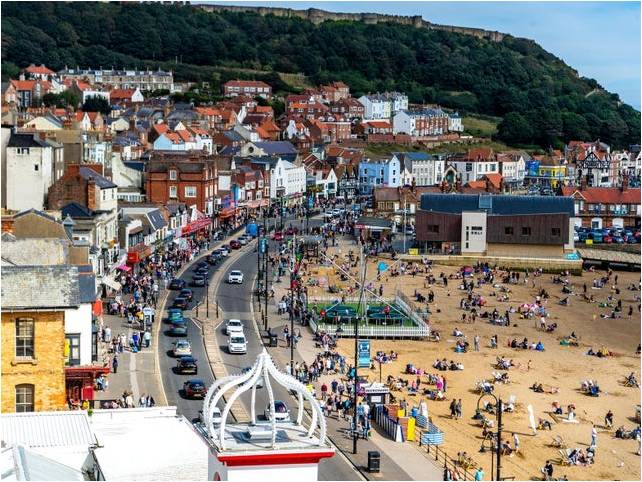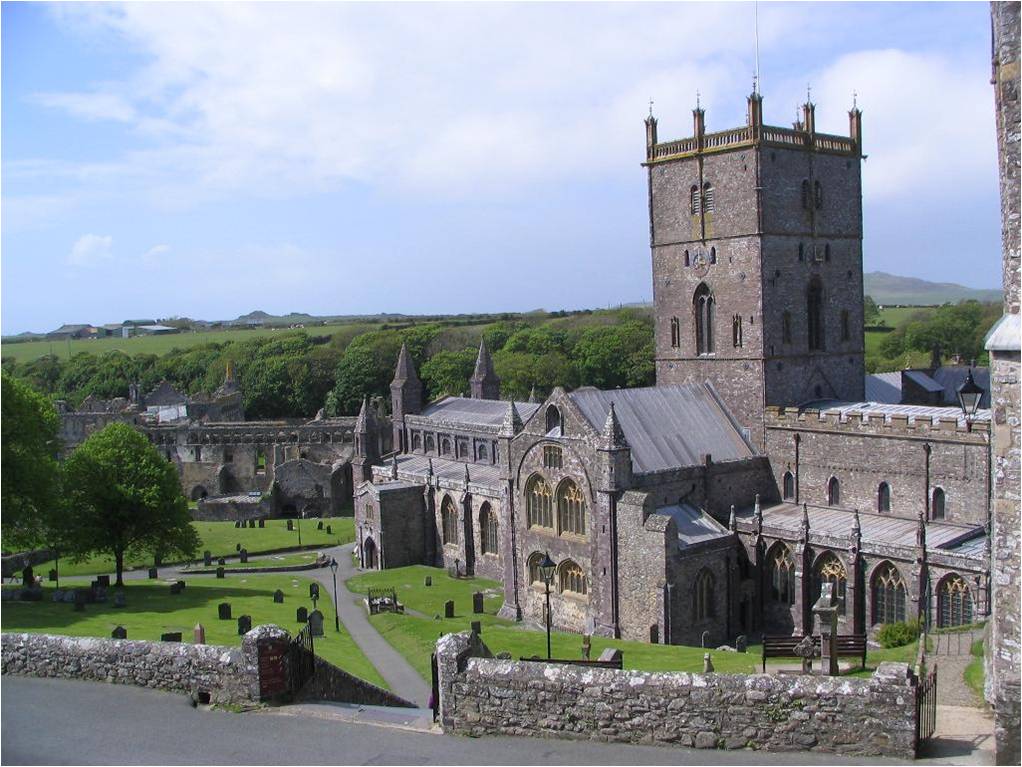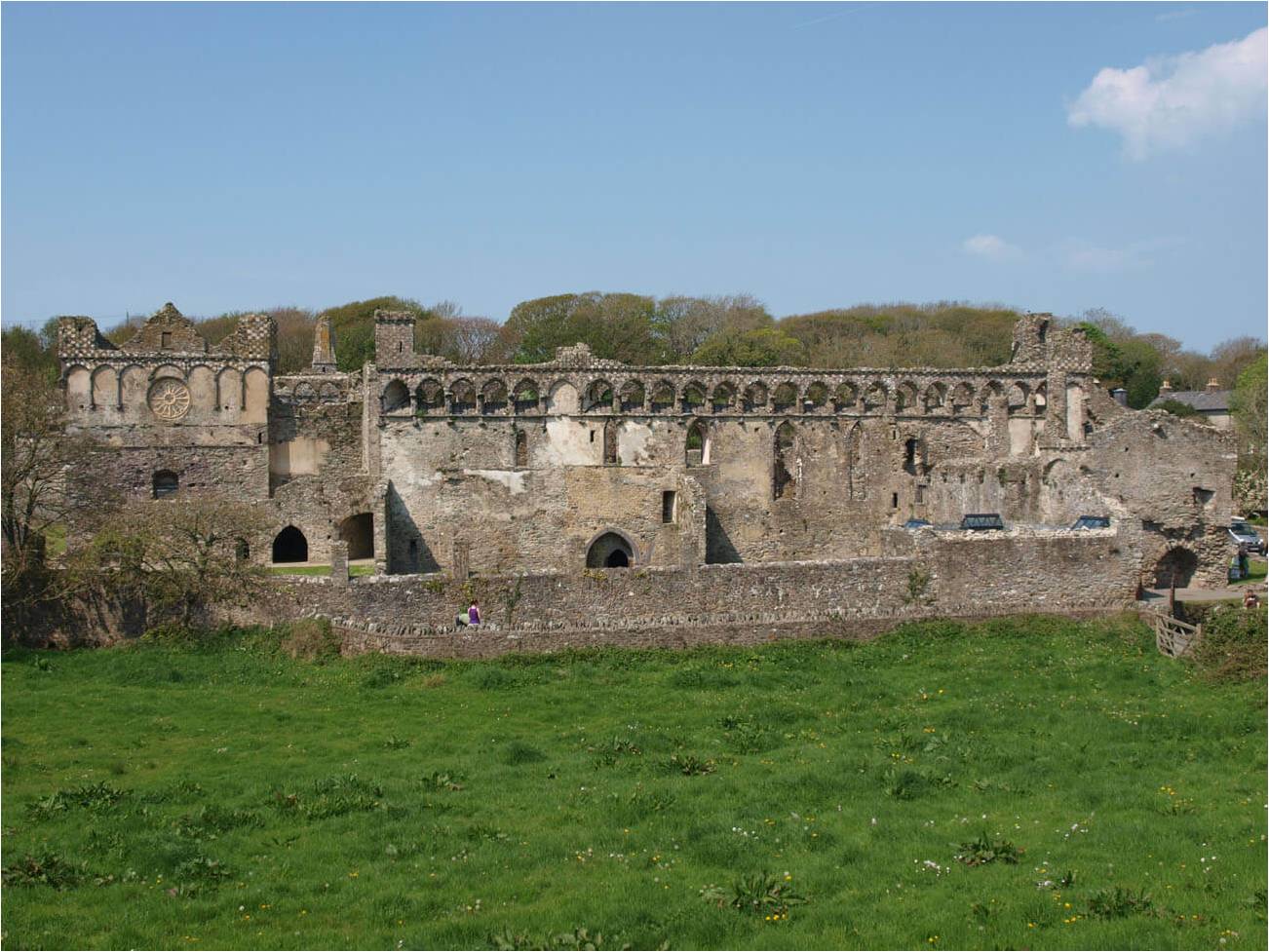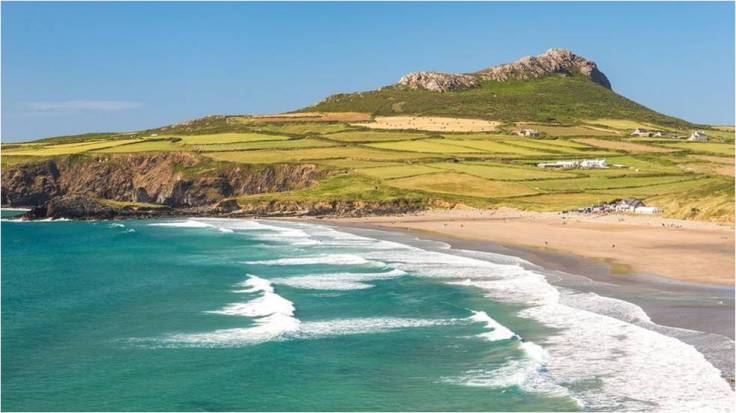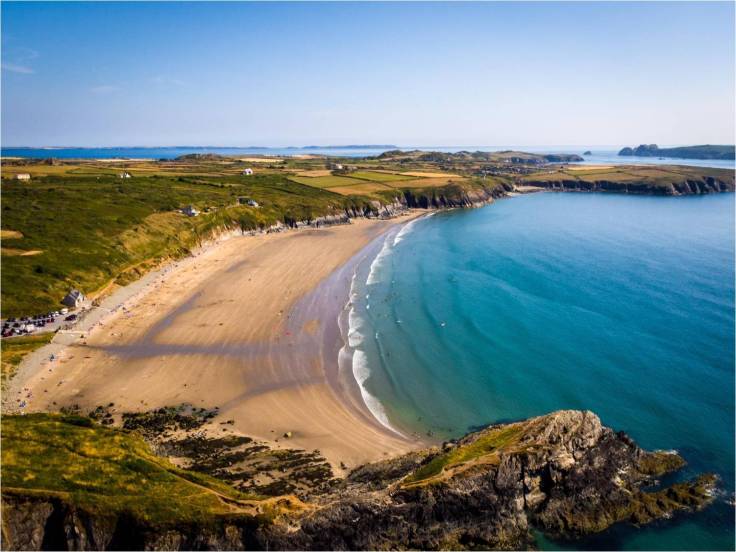Since I spoke to you last week, I’ve been doing some serious thinking and I’ve decided that, although Mum is a good story-teller, she’s definitely losing the plot.

Though she did indeed have another little holiday soon after she got back from America, she didn’t go to Pembrokeshire with her parents – she went to Cornwall for a week with her mining history friends




– and then went to a writers’ weekend in Scarborough…
Instead it was June 1984 when she went to Pembrokeshire and by that time she’d got a little bit more information on some of her Welsh ancestors.


On a writing-related trip to London she’d managed to visit St Catherine’s House, which was where the indexes to the official records of births, marriages and deaths were kept at that time.


(This was long before they became easily accessible online and so Mum actually had to go to the building and then look through huge books until she found what she wanted. Luckily there were separate sections for each category, then these were arranged by year and then by quarter, with the names listed alphabetically by surname.)

There she found the record of the marriage of her great-grandparents John Martell and Hannah Cotton in 1886. She paid for a copy of the certificate and from that she found the names of both their fathers – William Martell and William Samuel Cotton.
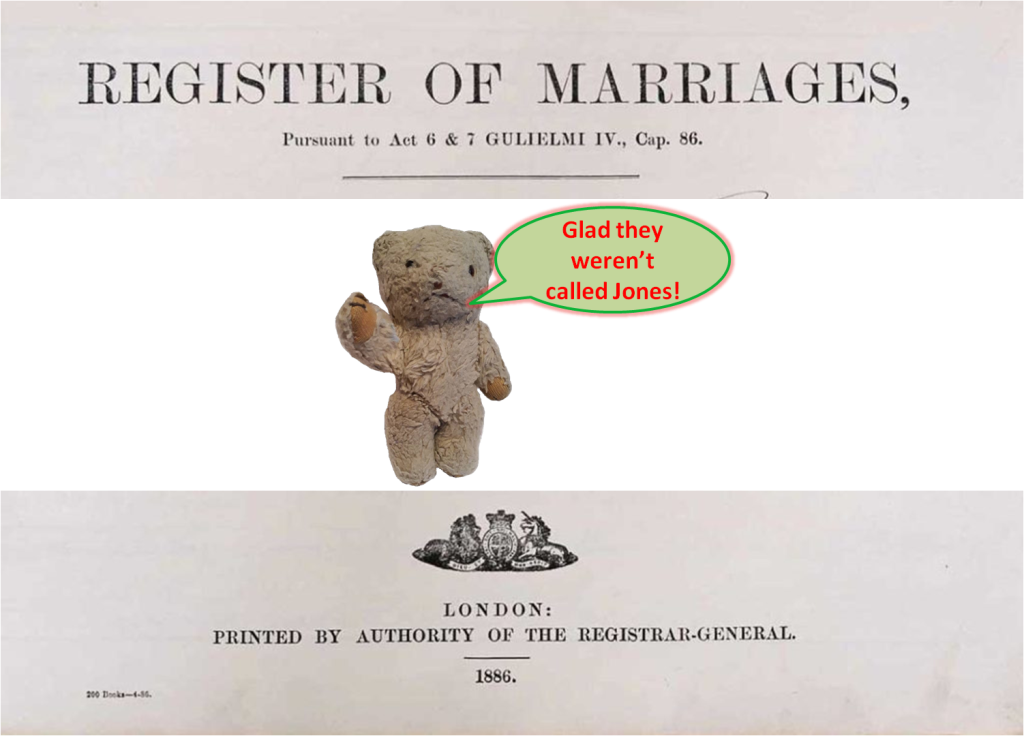
Soon after this, she joined the Dyfed Family History Society, which covered the counties of Cardigan and Carmarthen, as well as Pembrokeshire, and sent them a list of the surnames she was interested in.


These were published in their next journal and a few days after that Mum received a lovely letter from a man in London, giving her some additional information relating to her ancestors that he’d gathered from census returns and other sources over the years.
It included the addresses they’d lived at when the census was taken in 1881, their ages at that time, what they did for a living and where they were born. However, this landed Mum with a mystery. Instead of being born in Pembrokeshire, as she’d expected, her great-great-grandfather, William Samuel Cotton, had been born in Hinckley in Leicestershire. It would take her many years to find out the probable reason why he’d moved so far away…
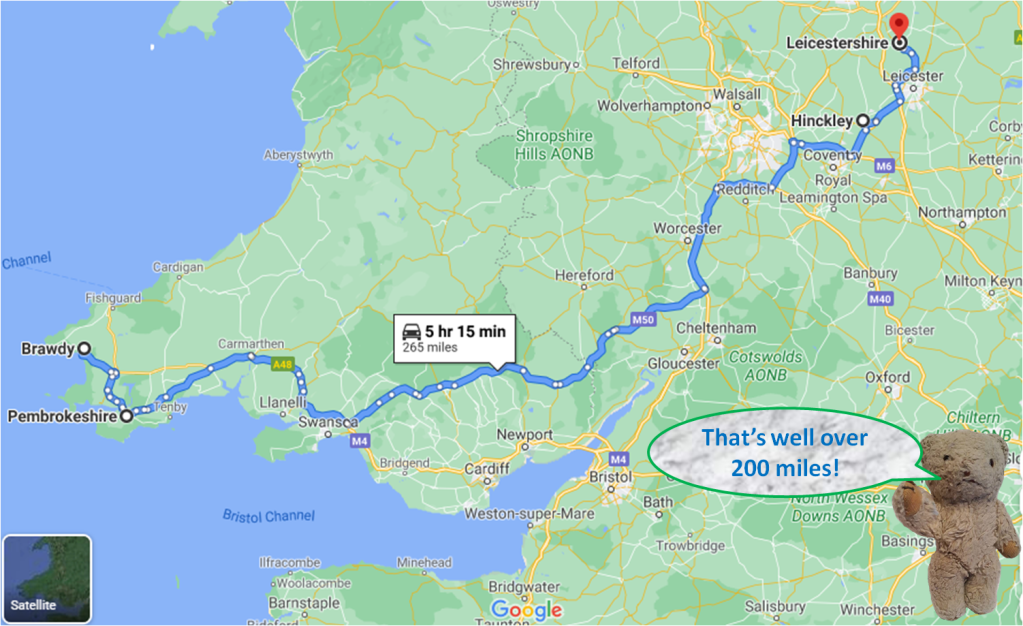
And now I’ll tell you more about her visit to Pembrokeshire along with Granny Betty and Grandpa Graham in the summer of 1984.
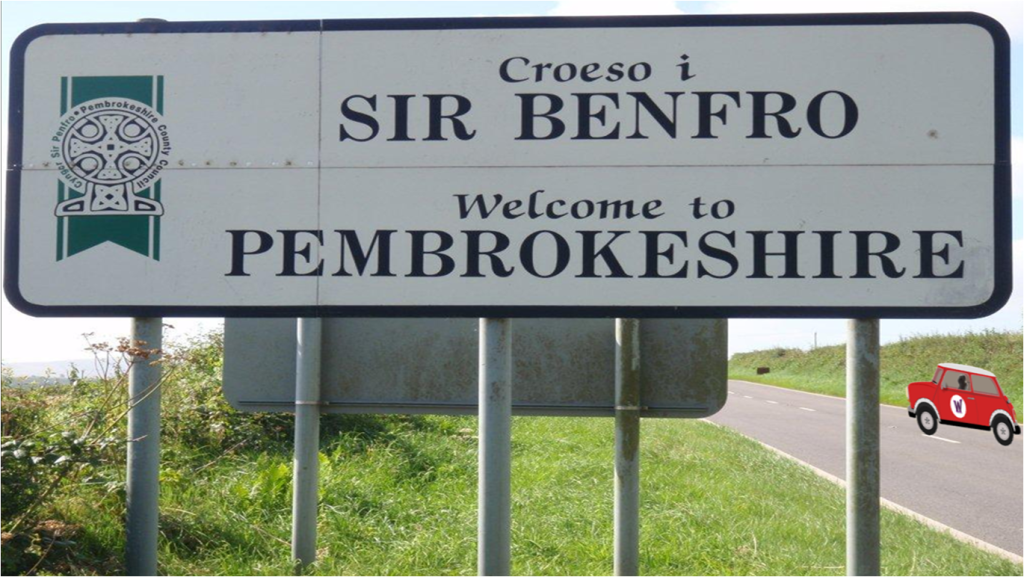
After spending the first day going to Penmeiddyn and Manorowen, they decided to look for some of the other places associated with the family. The first one was Dirty Gate, which was the last address for William Martell and his wife Mary.

But, although they’d bought a large-scale Ordnance Survey map of the area and seen it marked on there, when they got to what they thought was the right place, there was no house in sight. They drove up and down the road a few times, but still couldn’t find it – but there was a farm nearby, with the name of Gwachal-tagy, and finally they decided to go there and ask.
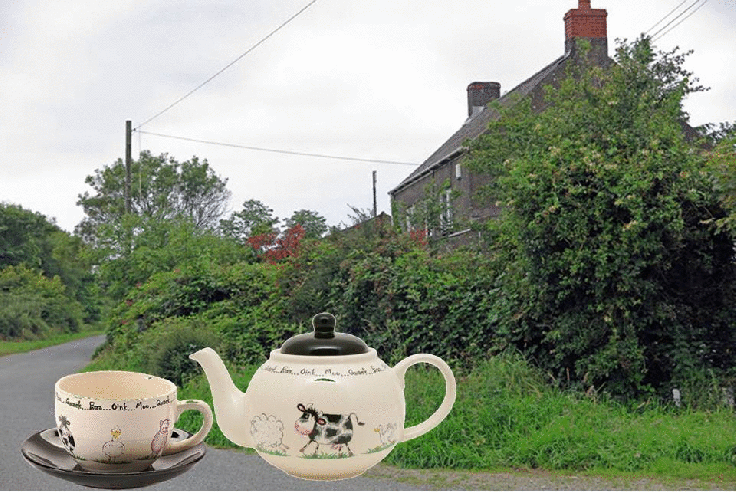
As at Penmeiddyn, they were invited in for a cup of tea and, when they’d drunk it, the farmer took them to Dirty Gate, which was then part of his land and which had almost disappeared among the trees and small shrubs.
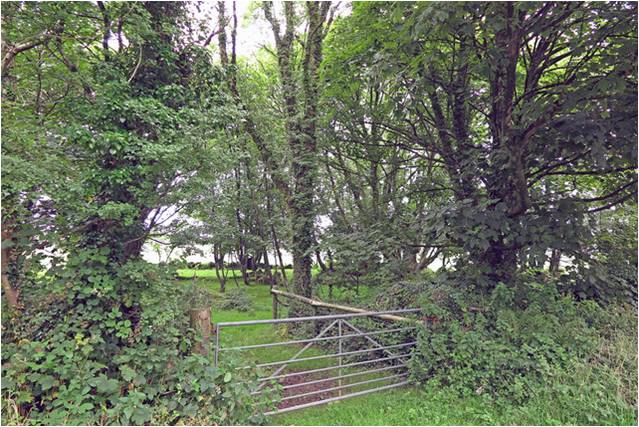
This was because it had been constructed of local building materials which stood up well so long as they had a good roof (which was usually thatched). Once the house was abandoned and the roof fell into disrepair, however, the weather got into the walls and they gradually crumbled away.
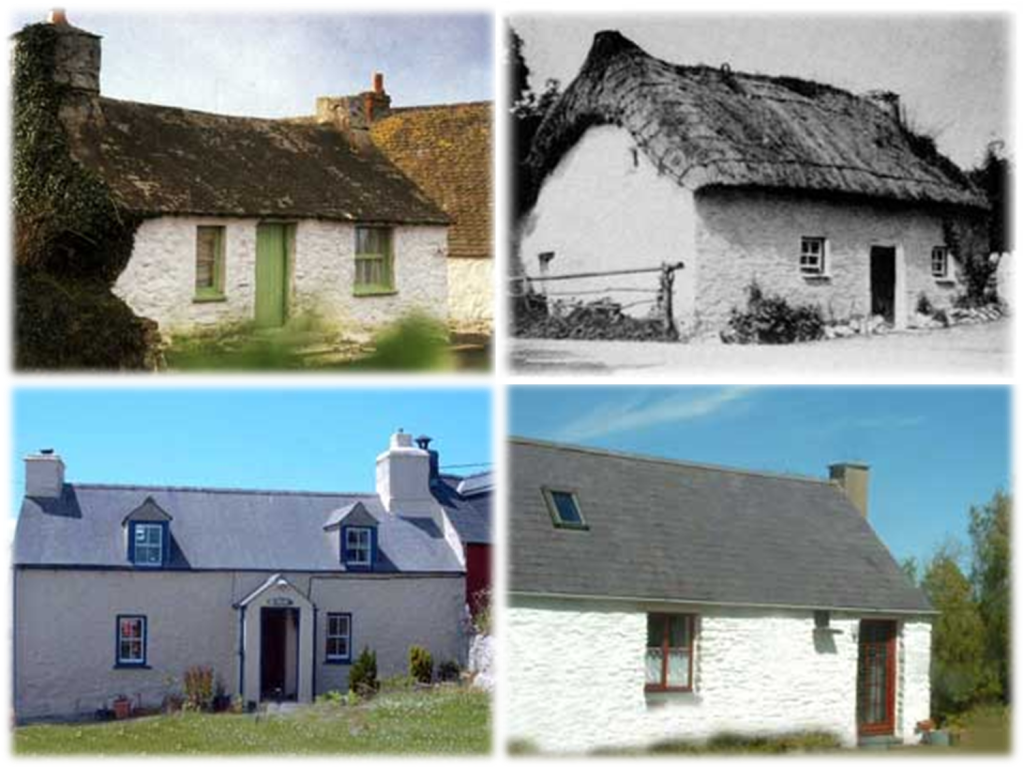
There was enough of Dirty Gate left for them to imagine what it had been like 70 years before, but when they went to look for the cottage where the Cotton family had lived in 1881 it had completely disappeared. Not even the footprint of the building was left – all that remained was the name on the map!

But not everything to do with Mum’s great-great-grandparents had disappeared. In nearby Hayscastle churchyard, they found the grave of William and Mary Martell with the dates in June 1916 which proved they’d died within a couple of days of each other after almost 60 years of marriage. It also had a lovely inscription which said, “In Life they were lovely and pleasant, and in Death they were not divided”.


They also found the grave of William and Mary’s daughter, Anne, who’d died when she was young. The inscription on her grave, however, was all in Welsh – which made Mum realise that she wouldn’t have been able to have much of a conversation with her Martell ancestors, as the only Welsh she knows is “Bora da!” and “Diolch yn fawr!”, which mean “Good Morning!” and “Thank you very much!”.




After that, Mum – together with Granny Betty and Grandpa Graham – went on to visit some of the lovely tourist sites in Pembrokeshire, including St David’s…
Whitesands Bay…
and the village of Solva…


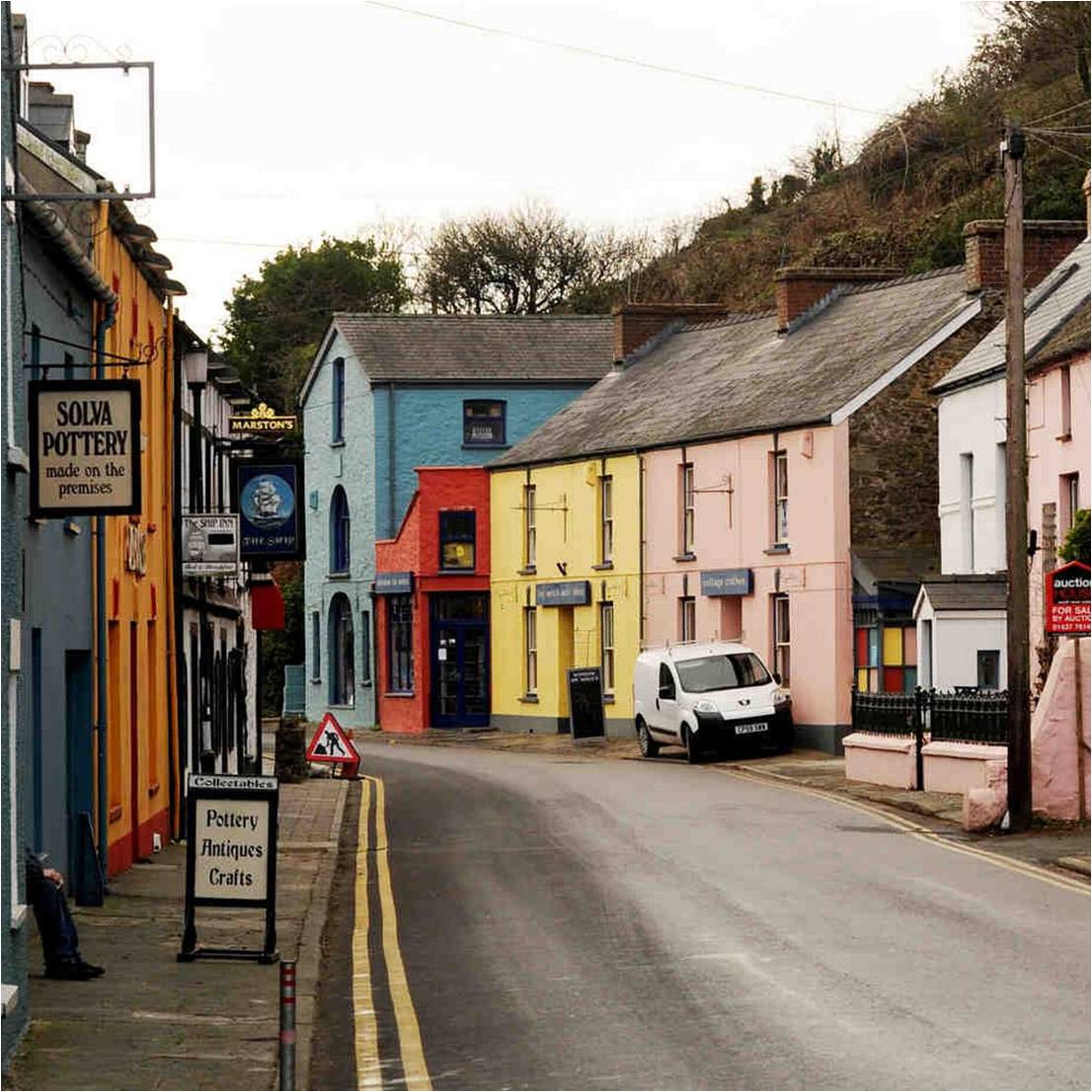


There they went to a butterfly farm where a huge pink butterfly decided to land on the bridge of Mum’s glasses and stayed there for a good ten minutes, so that she didn’t see much else…
That’s all for this week as Mum is making a trifle and, as she can never remember how to make custard, I want to go and watch to make sure she gets it right.

There’ll be some more tales from me again soon, but meanwhile please take care, stay safe and keep warm!
Follow my next blog: 130. MY MUM THE STORY-TELLER- PART TWENTY SIX
18/02/2021




